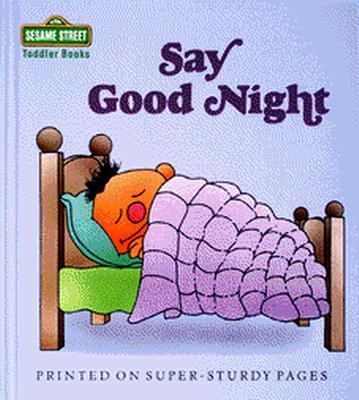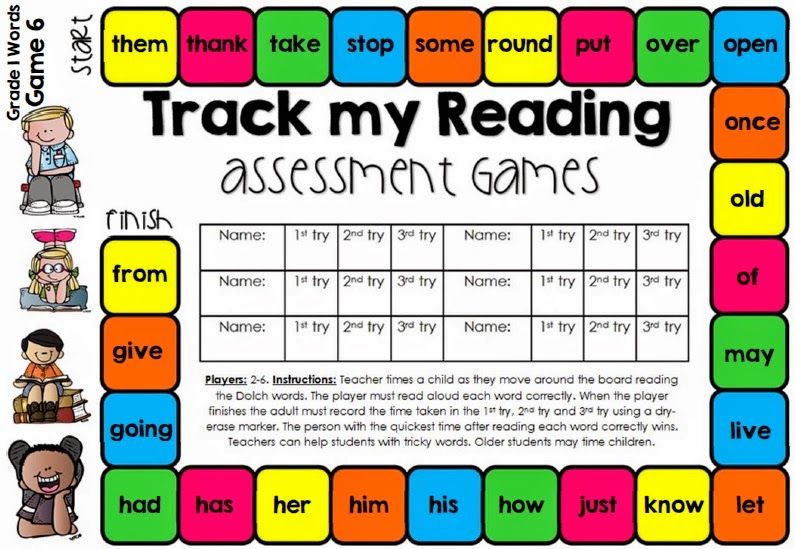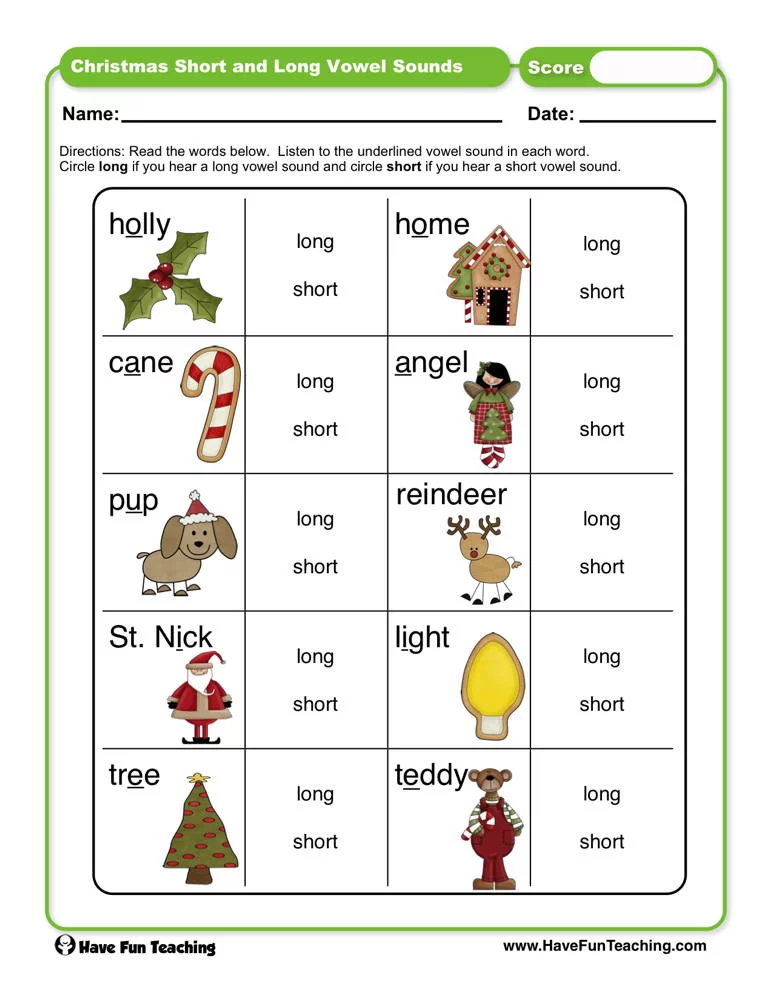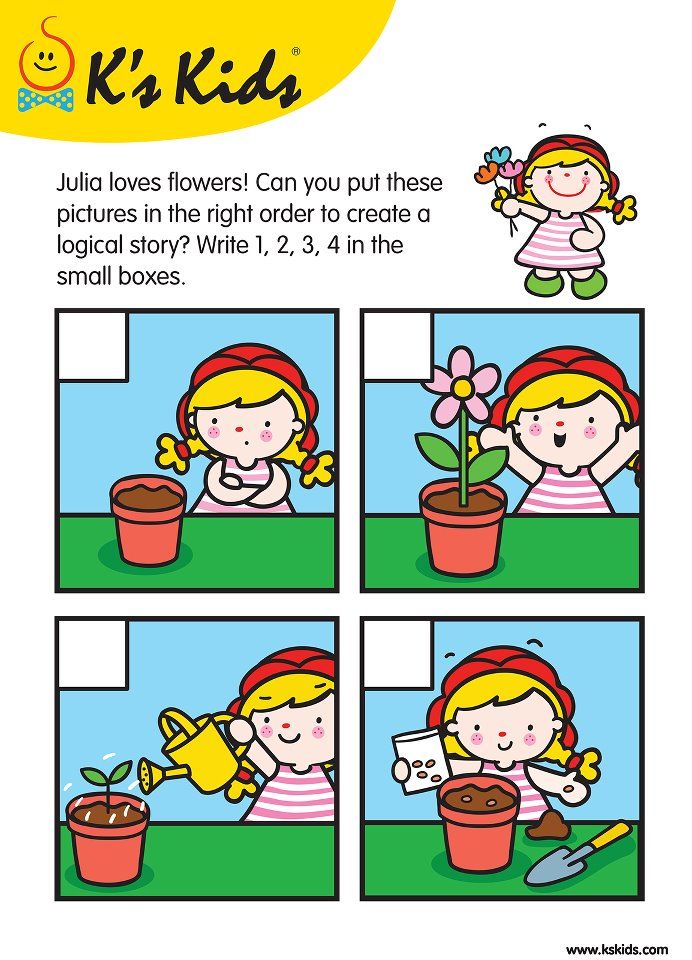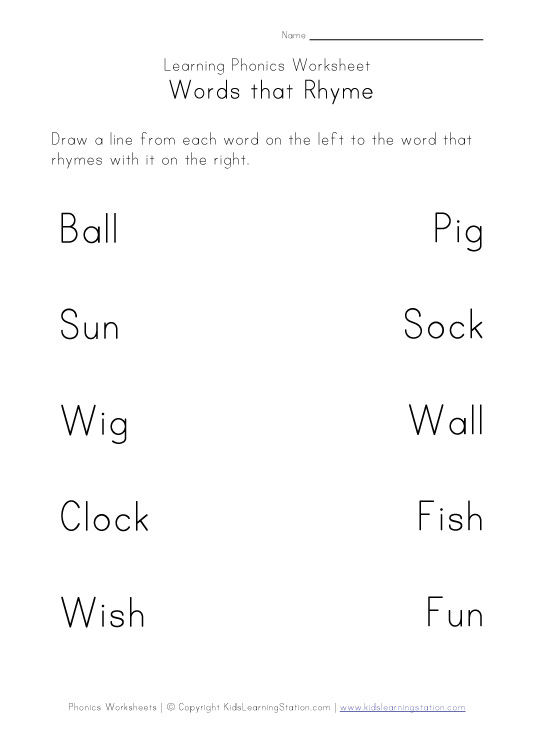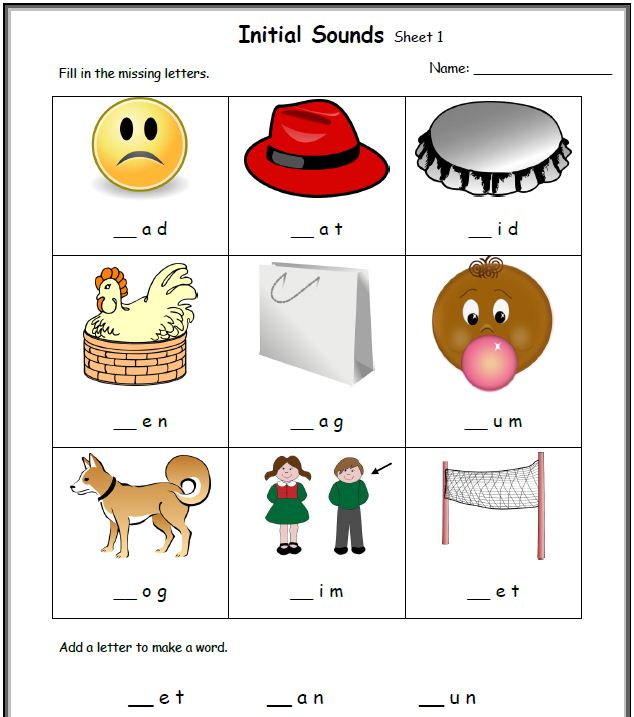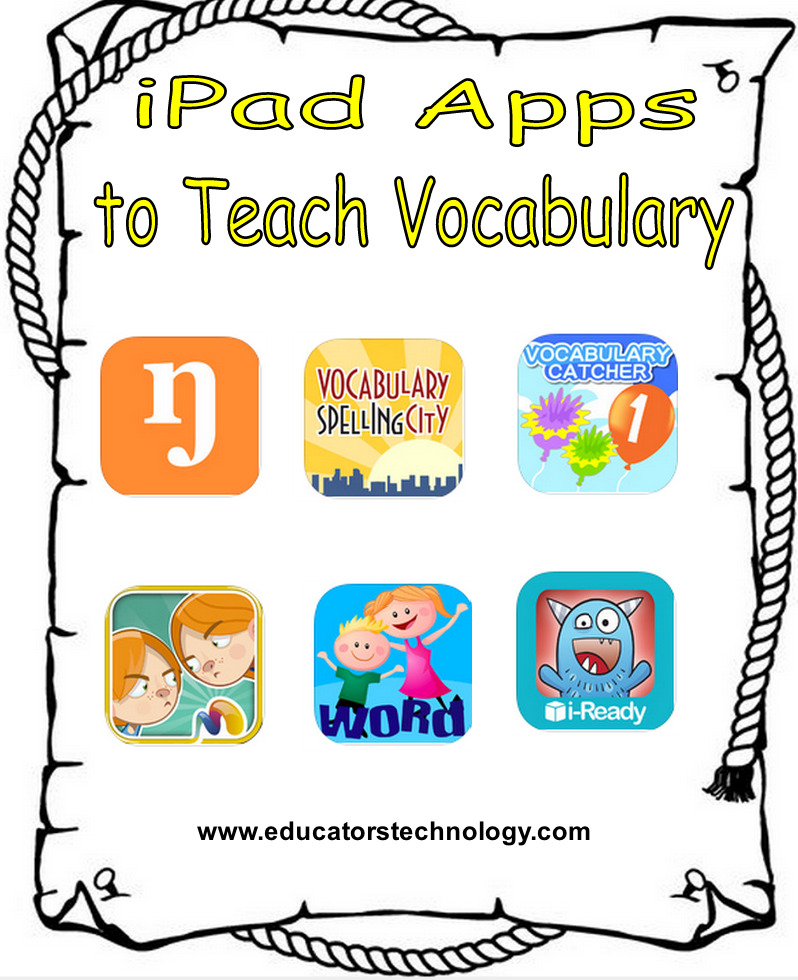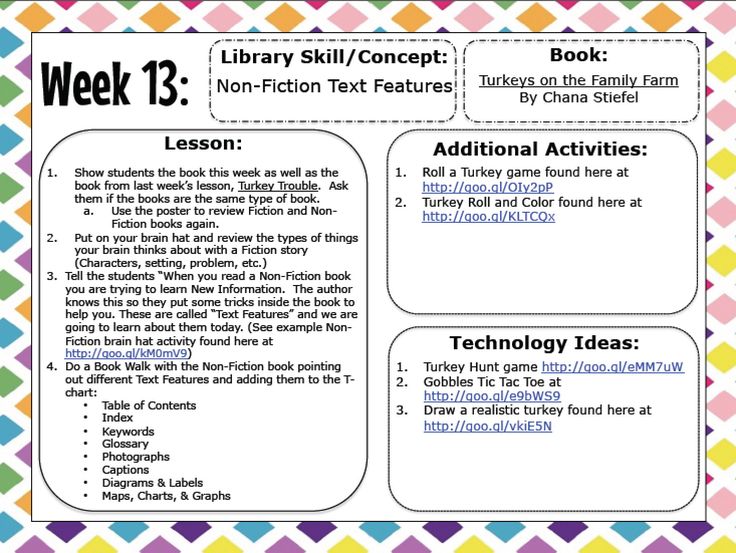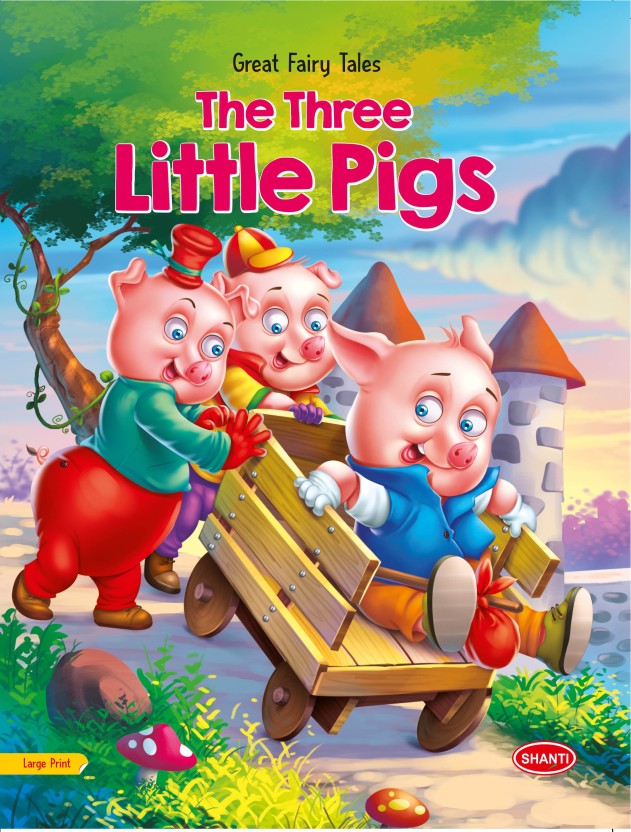Teaching letters preschool
5 Easy ways to teach the alphabet to preschoolers | Daycare Blog
Teaching children the alphabet is foundational to learning how to read. Before children can put together sounds or draw together lines that make words, they need to know what they are. If you’ve never taught the alphabet before, the concept may sound abstract: how do you teach something that comes so naturally to you? Teaching letters can be really fun and simple. In this article, we’ll give you easy ways to teach the alphabet to preschoolers.
1) Sing alphabet songs
Obviously, we all know the English-language, “A-B-C-D, E-F-G,” song. That’s a great place to start. However, there are more alphabet songs, which can add variety to your tunes, and help kids learn the alphabet in different ways.
This article lists a whole bunch of alphabet songs to try. And, if you saw our article on YouTube channels for toddlers and preschoolers, you can find letter-related songs there too. The visuals in videos can show objects that start with each letter, and sometimes the songs also pronounce sounds too.
One important note brought up by this early childhood educator, is that kids should go from singing the song, to being able to say and point out the letters without a tune. So don’t stop at singing!
2) Play letter matching games
Letter matching games are easy to set up. You can have a poster board with the alphabet printed on it in large letters. Have separate letter magnets or paper letters cut out at the same size as the print letters. Ask the preschoolers to match their cut outs to the letters on the chart. Where does “A” go? Place the letter “A” cut out on top of the printed “A” on the poster board. Get them to practice doing this with all the other letters.
As the early childhood educator mentioned above noted, you can also have an alphabet ‘arc,’ where one end of a half-circle shows the letter “A”, and the other end the letter “Z”. In between you can have other letters in the alphabet shown, but not all of them. Ask the preschoolers to put down their block letters in the right sequence, using the pre-filled in letters as clues.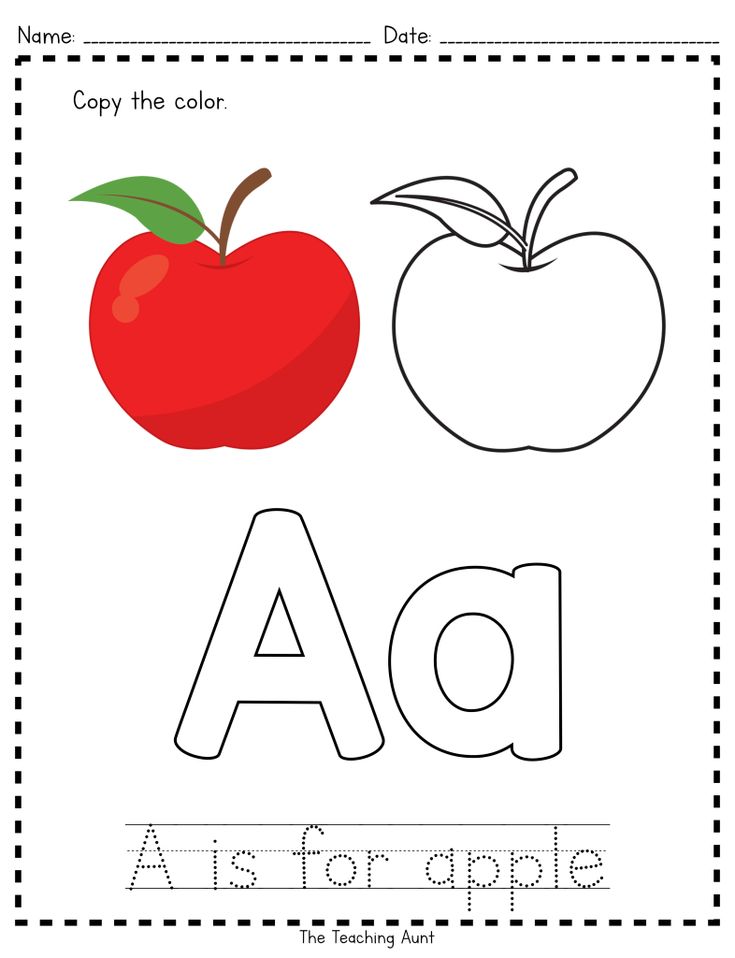
3) Open a new ‘alphabet box’ each week
You may have seen us post on Facebook that a certain week is brought to you by a letter we’re covering. It may be “C,” and you’ll see photos of us painting the letter C at daycare, or learning about animals that start with the letter “C.” Weekly letter themes are common in preschools.
You can take your weekly letter curriculum a step further by creating a box that children can open to discover objects that relate to that letter.
For example, on the week covering the letter “A,” your preschoolers can open (or even unlock) a box that contains an apple, a toy airplane, a toy alligator, an acorn, an arrow (a safe one!), and so on. In fact, don’t tell the children right away what letter the box of ‘treasures’ represents. Ask them if they can guess the letter they’ll cover that week by observing the objects in the box alone. This can be a fun and whimsical way to have your children get excited about the week ahead, and work together to come up with an answer.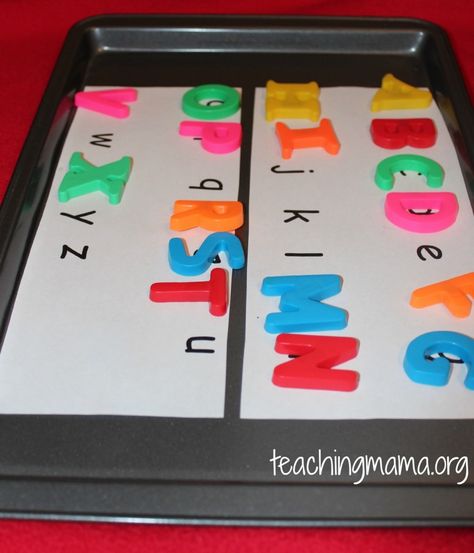
3) Use interdisciplinary learning with each letter, to strengthen letter associations
Since repeating a letter over and over again can get boring, you can mix it up a little by bringing in related lessons. You can start with a week’s letter as your core subject. Then, throughout the day, teach interdisciplinary subjects that still relate.
For example, if you are on the letter “R,” you can learn about the colour “red” too, since it starts with “R.” Ask the children, ‘what things are red?’ If you are on the letter “A,” you can learn about apples. We’ve done this before, where we teach children about the types of apples there are, as well as explain that seeds are inside an apple, and so on.
This blogger lists a whole bunch of crafts you can you incorporate into your letter learning. For example, you can make holes with a hole punch for the letter “H.” This can then lead into learning about the circle shape. You get the idea…
4) If you use flashcards to teach the alphabet, use logical ones
Flashcards are a great memorization tool, and the alphabet is all about memorizing.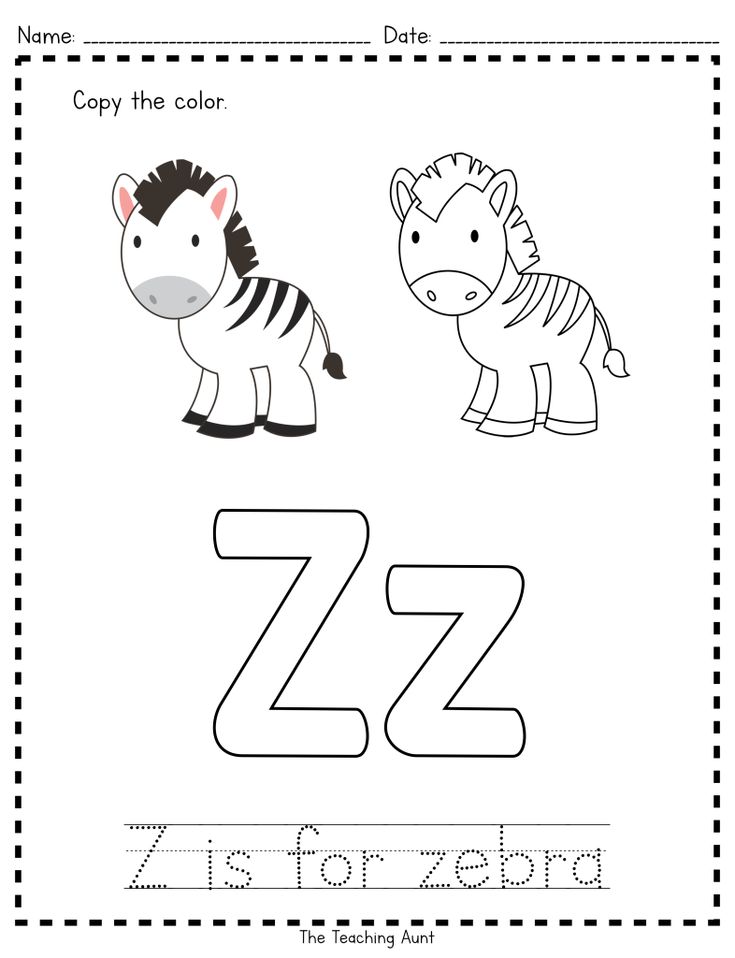 However, this teacher warns that sometimes, pre-made flashcards can get really confusing. If you are teaching the letter “D” and there is an image of something that simply uses the sound of “D” somewhere in the word, but doesn’t start with “D”… well you can quickly see how even adults would be confused by that.
However, this teacher warns that sometimes, pre-made flashcards can get really confusing. If you are teaching the letter “D” and there is an image of something that simply uses the sound of “D” somewhere in the word, but doesn’t start with “D”… well you can quickly see how even adults would be confused by that.
Remember, at this stage, you’re not teaching phonetics or complex vocabulary and pronunciation. First, children need to recognize and know the alphabet. Use the simplest flash cards, with the simplest pictures of the objects and animals that preschoolers can recognize.
That said, sometimes you want to use lowercase and uppercase letters in your flashcards…and yes, that can be confusing for the very young learners, especially when the upper and lowercase look so different, but are called the same thing. But if you’re using a set of magnets, for example, you can just use their uppercase versions, that’s ok (they may only come in that form). For very early learners, you can start really basic.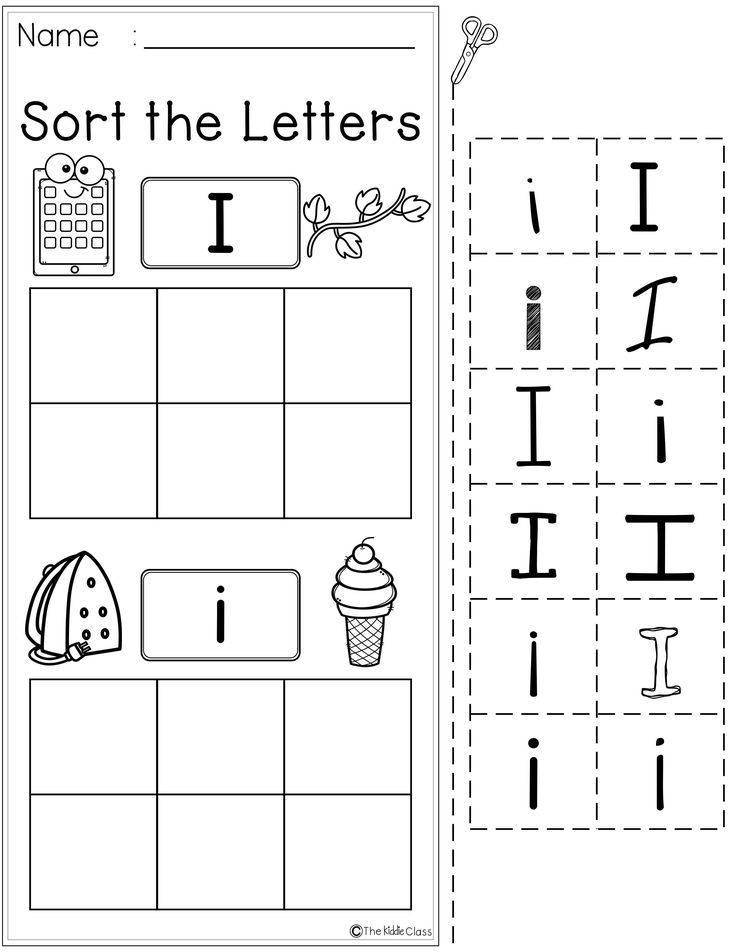 Just don’t forget to start showing them the lowercase and uppercase letters together at some point in their alphabet learning journey.
Just don’t forget to start showing them the lowercase and uppercase letters together at some point in their alphabet learning journey.
5) Eat foods shaped like letters to help preschoolers learn their alphabet
Speaking of interdisciplinary alphabet learning, why not do a baking session with the kids at preschool? They can use letter-shaped cookie cutters to make a fun and yummy snack. Meanwhile, there is a host of lessons you can teach with the baking activity. Chemistry, cooking, nutrition…the list goes on.
If you want the easy route, try commercially-sold letter-shaped biscuits. IKEA has a version of these. Ask your toddler or preschooler to name the alphabet letter they’re about to eat. Eating it can be the reward for getting it right!
And of course, there is alphabet soup, or noodles shaped like letters. You can make mealtime fun, and educational, with these edible alphabet manipulatives.
So there you have it, 5 easy ways to teach the alphabet to preschoolers.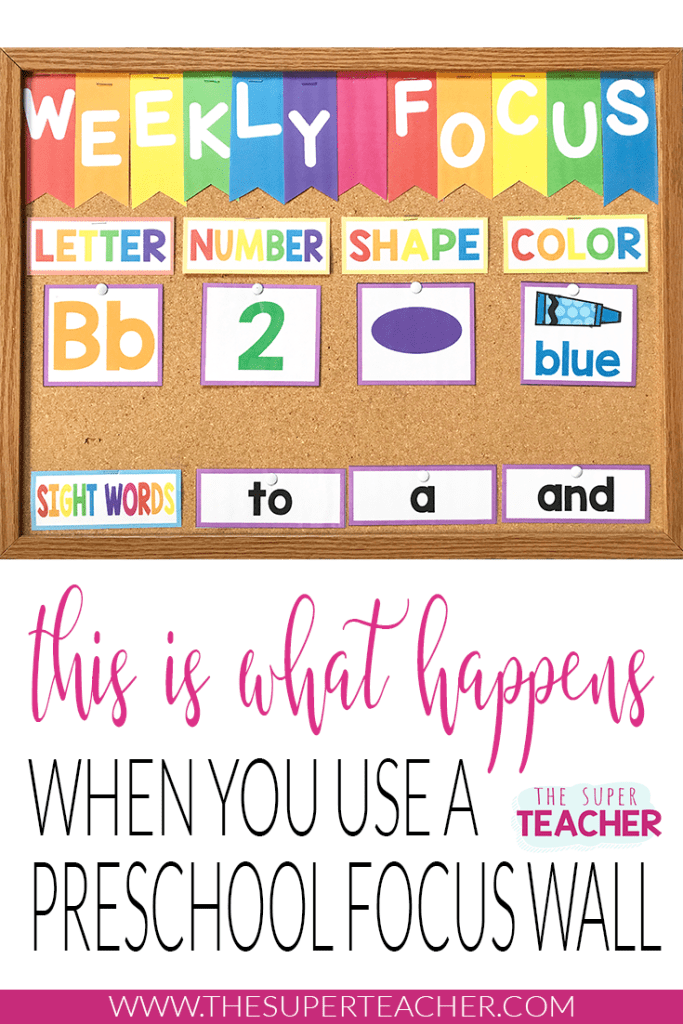 They may even be fun for you, too! It is super cute to hear little ones pronounce letters, and guess what object goes with each letter. When your preschoolers are learning the alphabet, be sure to take every teachable opportunity you can to encourage them to recognize letters in the world around them. If you’re on a field trip, ask the children if they can spot their letter-of-the-week on a street or building sign. If you’re reading a book, see if they can spot the letters you’re reading to them. Keep pushing letter recognition throughout the day, so the lessons can really sink into their memory.
They may even be fun for you, too! It is super cute to hear little ones pronounce letters, and guess what object goes with each letter. When your preschoolers are learning the alphabet, be sure to take every teachable opportunity you can to encourage them to recognize letters in the world around them. If you’re on a field trip, ask the children if they can spot their letter-of-the-week on a street or building sign. If you’re reading a book, see if they can spot the letters you’re reading to them. Keep pushing letter recognition throughout the day, so the lessons can really sink into their memory.
See more on our blog:
- How to teach digraphs to preschool children (6 ways)
- What is the best way to teach word recognition to early childhood readers?
- Why is literacy crucial in the early years? How can parents and preschools help with reading skills?
- How to teach toddlers and preschoolers to count, and learn their numbers
- Ideas for teaching shapes in preschool and daycare
How to teach the alphabet to preschoolers
PSPKK12373 Comments
This post contains affiliate links.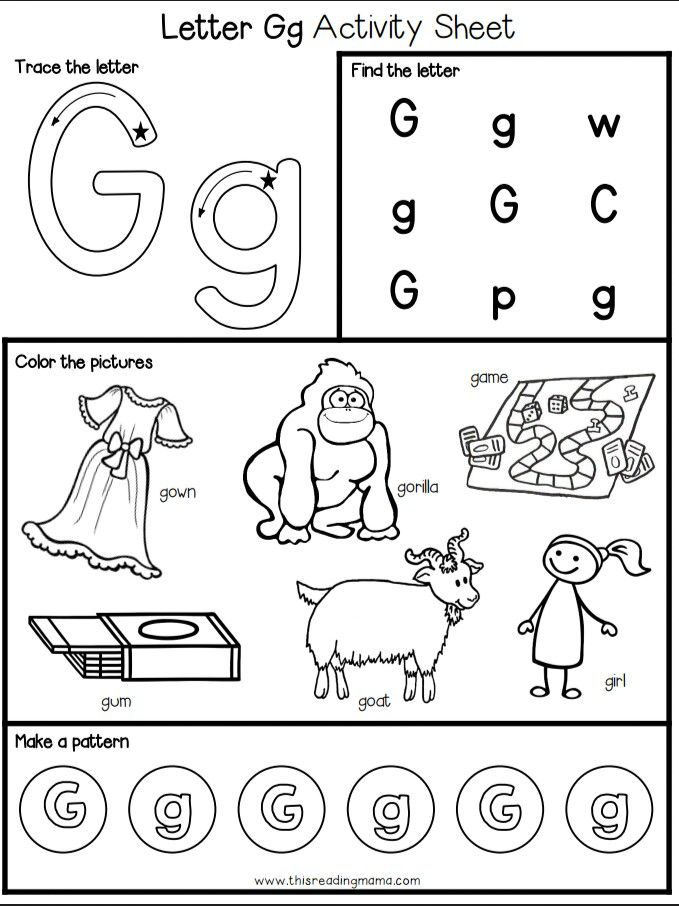 As an Amazon Associate I earn from qualifying purchases.
As an Amazon Associate I earn from qualifying purchases.
Sharing is caring!
Are you wondering how to teach the alphabet to preschoolers? Or just looking for ideas? You’ll find hundreds of ideas for playful learning at The Measured Mom®.
My oldest had a fascination for letters before she could talk. Even though she didn’t even call me Mommy until she was over two, she knew all her letters and added the sounds as soon as she could talk. Her younger brother picked them up just as quickly.
But it doesn’t work that way for everyone — and when my third little one was pushing three and still knew only a handful of letters, I knew I had to try a different tactic.
In fact, my decision to start a letter of the week study at our house and keep myself accountable was the very reason I began this blog. I’d like to share some simple ways to teach the alphabet to preschoolers – and direct you to a giant set of resources that will keep it fun!
How to teach the alphabet to preschoolers
1.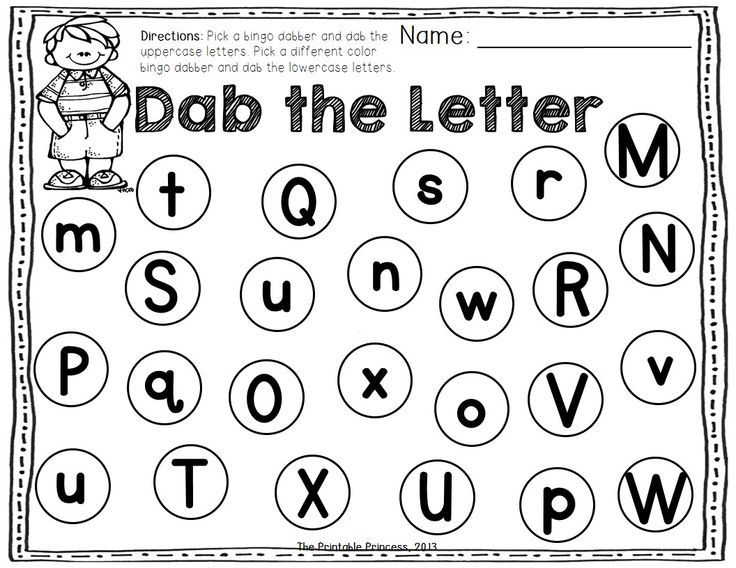 Read, read, and read. Read nursery rhymes, rhyming books, picture books and chapter books. Just READ.
Read, read, and read. Read nursery rhymes, rhyming books, picture books and chapter books. Just READ.
2. Notice print in the world around you. Call attention to exit signs, the toothpaste tube, and the Cheerios box.
3. Begin letter learning by helping your child learn the letters of his name. Before I start a more organized approach to teaching the alphabet to my preschoolers, they learn to recognize the letters of their name.
4. Teach the alphabet letter by letter. Not every early childhood teacher uses the Letter of the Week approach; many children learn their alphabet without it (my oldest two did). But I’ve found that Letter of the Week has been a helpful structure for me when designing learning activities at home. Even if you use more of a theme or unit approach to teaching preschoolers, you’ll find a huge variety of learning activities in my alphabet archives.
And when you purchase my Letter of the Week curriculum, you’ll have all the activities organized in an easy to follow format!
If you take one week per letter, you’ll have time to:
- read books for each letter
- do fine motor activities
- learn simple rhymes and songs
- create some fun crafts and art projects
- make math connections
- have some sensory fun
And more! It’s all in the ebook!
4.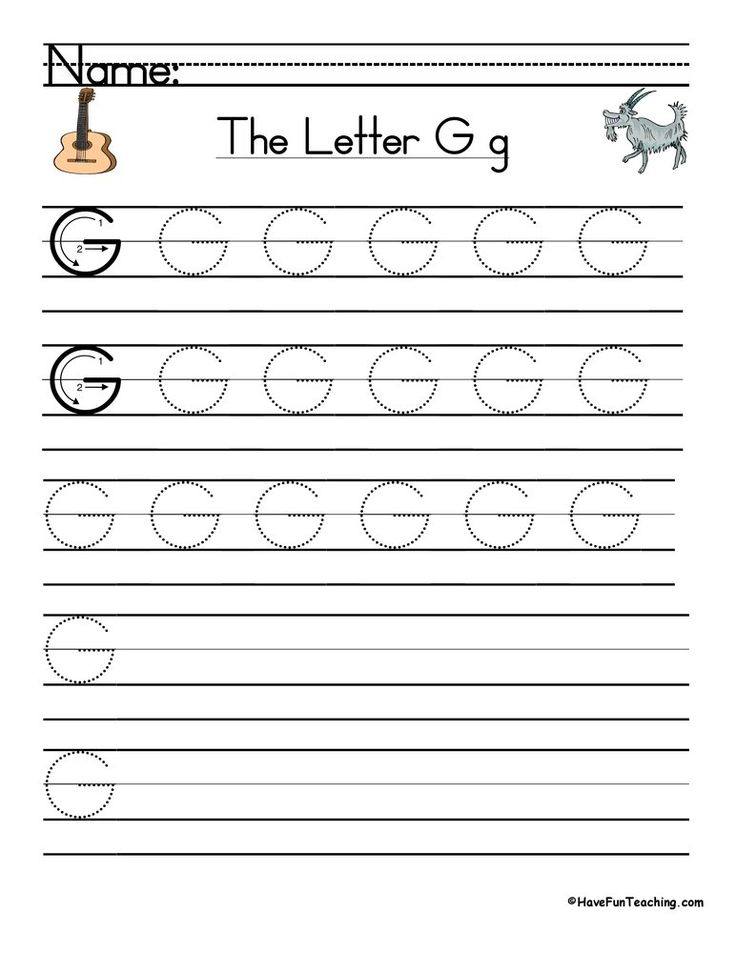 Keep bringing it back to the whole alphabet. If we’re doing a lot of meaningful activities, we will keep coming back to the whole alphabet.
Keep bringing it back to the whole alphabet. If we’re doing a lot of meaningful activities, we will keep coming back to the whole alphabet.
5. Be flexible. You may find that after a few months of letter of the week, your child suddenly recognizes every letter. Awesome! Don’t feel tied to this series. Pick and choose what (if any) activities you’d like to continue with. Even if you don’t continue Letter of the Week, your child will still benefit from listening to the many wonderful books I recommend in my alphabet book lists. You might also enjoy choosing some crafts and process art activities to do each week. And math activities certainly don’t need to be tied to a particular letter!
6. Keep it fun. Remember that kids this age learn best through play. They don’t need fancy flash cards or loads of worksheets. They need a variety of activities to stimulate their brains and to reach them the way that they learn best.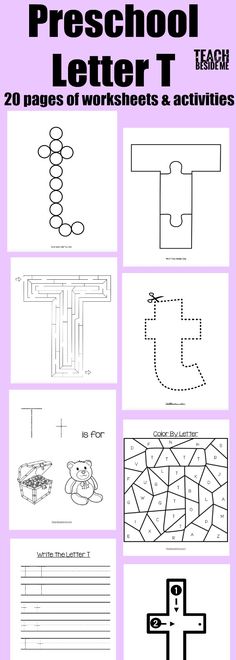
You know your children better than anyone. Choose the activities that your child needs — the ones that your child will love. I’ll provide a big set of ideas for each letter — not so you’ll do every one, but so that you have a lot to choose from when you pick what works best for your kids.
You can find crafts, books, math connections and more by clicking on these links:
CHECK OUT OUR LETTER OF THE WEEK CURRICULUM!
Letter of the Week Curriculum
$29.00
You’ll love this flexible, step-by-step guide to teaching the alphabet to preschoolers. It’s a combination of hands-on lessons, interactive printables, and mini-books … and you and your learners are sure to love it!
Buy Now
Free Alphabet Printables
Join our email list and get this free sample of alphabet activities from our membership site! Students will practice identifying and forming letters, matching upper to lowercase, and identifying beginning sounds.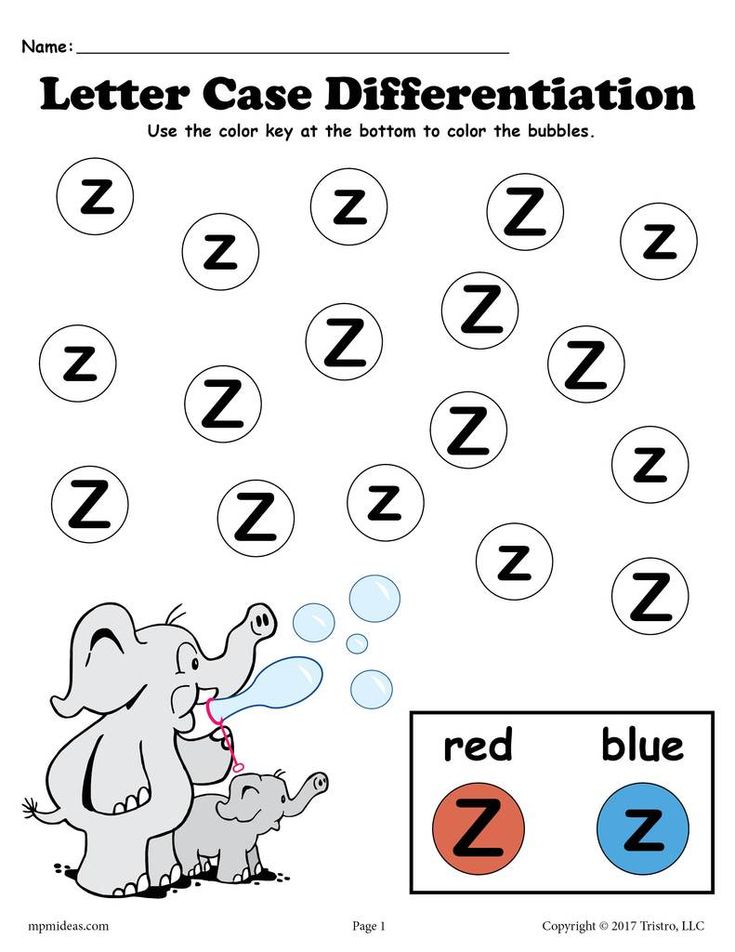
Sharing is caring!
Filed Under: Alphabet Tagged With: preschool, Pre-K
You May Also Enjoy These Posts:
How to teach rhyming
A Simple Sensory Bin for Letter E
Reader Interactions
Trackbacks
Learning letters with a preschooler - I offer my own method
It is very difficult to be a parent of a modern baby. Society is making more and more demands on the younger generation. Parents, on the other hand, have to work harder and harder to ensure its full-fledged upbringing and development. It is necessary to educate in such a way as to meet the high demands of the public and not overload the child excessively. Those. learning should still be in the form of a game.
[note]Also, it is necessary to spend just enough time for learning so that the baby receives knowledge, although sufficient, but not tiring.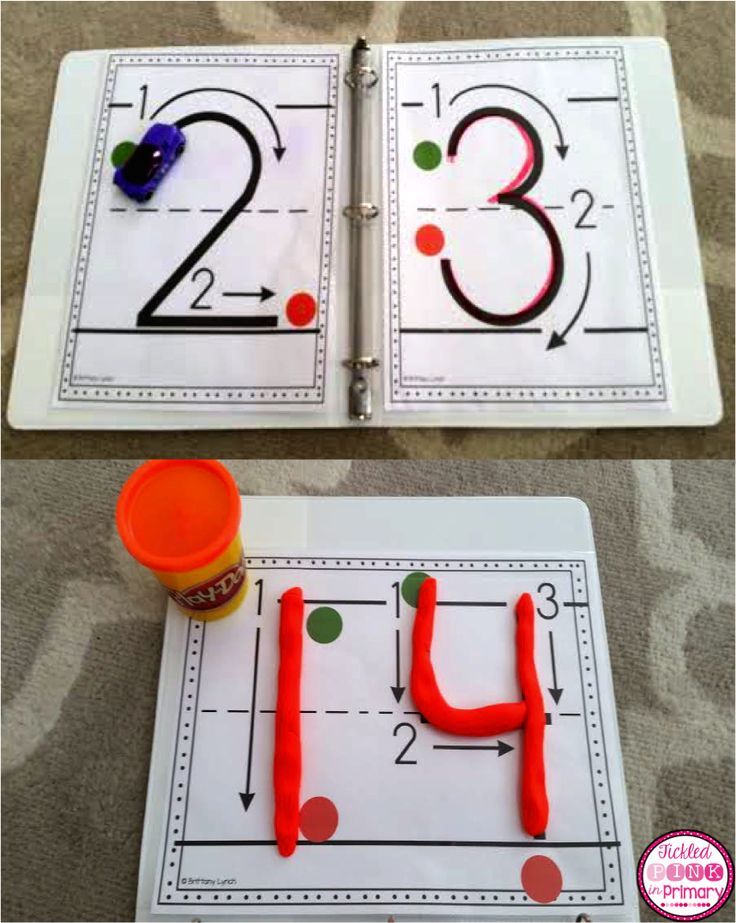 [/note]
[/note]
To date, a lot of methods for teaching a preschool child have been developed. All of them are aimed at a certain range of knowledge and skills, as well as at a certain contingent of children. What is appropriate for teaching one child may be completely unacceptable for another. Therefore, the approach to the process of teaching a baby should be very individual.
The preschool period of childhood is very responsible for parents and difficult for a child. After all, during this period he needs to have time and be a child and prepare to receive basic knowledge for further education at school. And have time to play enough and acquire the necessary training skills. How to combine these two activities?
So each parent comes up with a method suitable only for him for his baby.
For example, when teaching children to read, many parents adhere to traditional methods - we learn letters, compose them into syllables and words. And then we move on to whole phrases.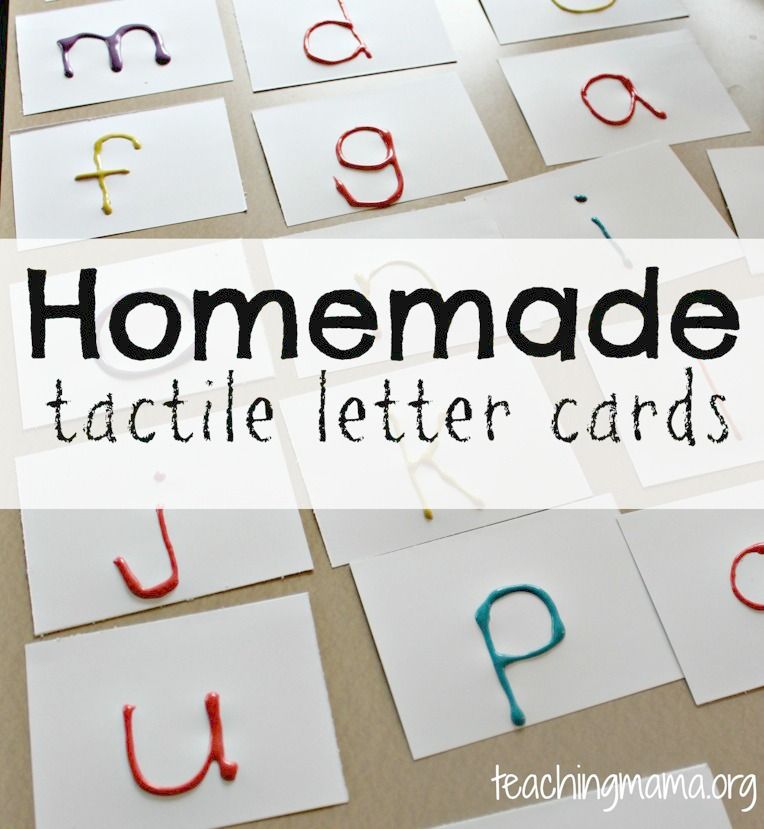 Not all children easily master this technique of reading.
Not all children easily master this technique of reading.
Uninteresting but safe for other children.
Today there are more interesting methods.
Zaitsev's Cubes, for example, may be of interest to a child. We learn letters according to this method and in the shortest period of time the child comes to maximum results. However, according to this technique, it is better not to practice individually. Therefore, it is used to teach reading in kindergarten groups.
Another method of teaching preschool children to read is the method of Glen Doman. Here, training is built as follows - we learn letters on the child's perception of the whole word, and not syllables, and even more so letters. For training, special aids are used - cards.
This technique has both advantages and disadvantages.
The positive aspects include the fact that it is suitable for teaching a child of any age. Including the smallest children. Education is conducted in the form of a game, it develops memory.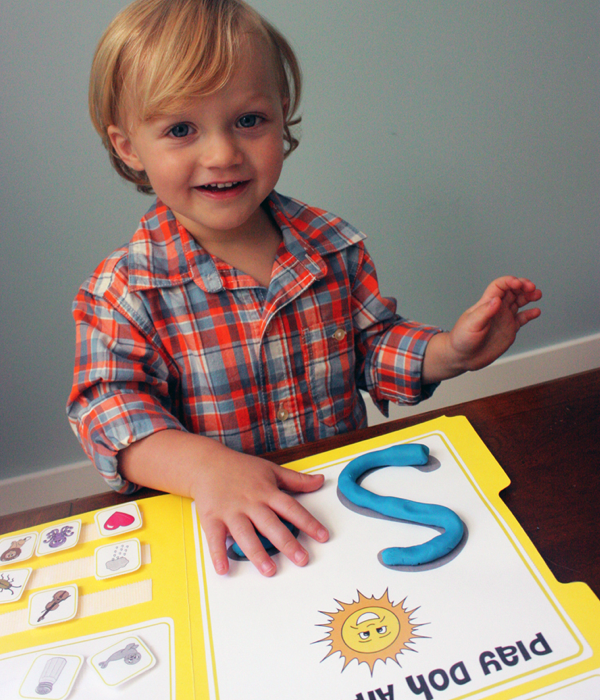 By the way, many0004
By the way, many0004
Nobel laureates studied exactly according to this methodology, which develops diversified.
But there are some obstacles. This method requires a huge amount of flashcards to achieve the best learning outcome. This is very difficult, because you will not get ready-made cards anywhere in sufficient quantities. You have to make them yourself. And this is time consuming. If you try to look for ready-made cards in large quantities, then it will be costly in terms of money.
The next disadvantage is that the cards must be shown to the baby every day and many times. It is necessary to replace and alternate them in a timely and correct manner. If something is not shown systematically, then the child will visually stop perceiving some cards. And if parents are busy with work most of the day, then showing cards randomly will not lead to the desired results.
Another disadvantage of Glenn Doman's method is that children are inherently restless.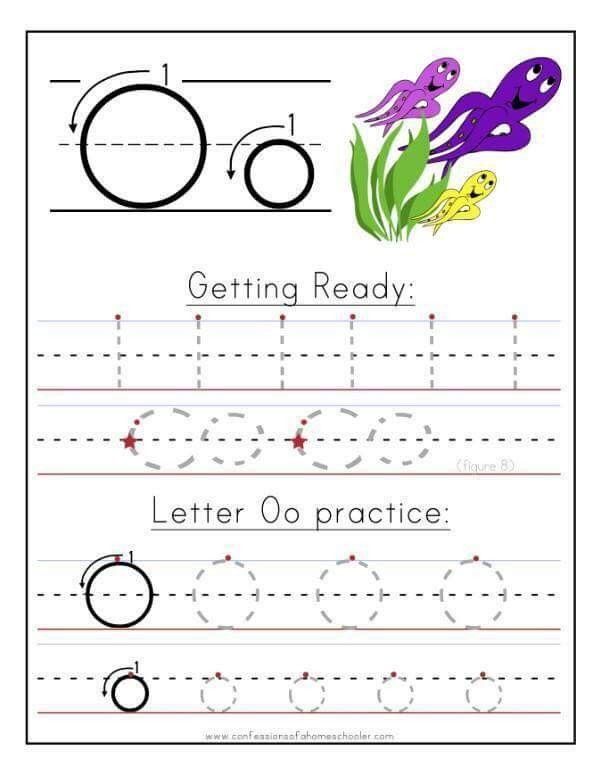 They may get tired of looking at the same cards, they will want to take them away. Play with them in a different way. And then this method of teaching reading will not work. I suppose that such training on visual perception alone is not suitable for every kid. After all, they are all temperamentally different.
They may get tired of looking at the same cards, they will want to take them away. Play with them in a different way. And then this method of teaching reading will not work. I suppose that such training on visual perception alone is not suitable for every kid. After all, they are all temperamentally different.
To what end are we approaching. Some methods are only for group learning, others are only for sedentary children and parents free from work. Each method has its drawbacks. And your child is unique.
In order not to overburden him and not take away his precious gaming childhood, training must be built in stages. In my opinion, it is better to start learning with letters. And better sounds. Then syllables. And only then words and phrases. It's almost traditional. Not tiresome. You can play with letters. It is not necessary to show him the same letter all day, annoying with visual images.
I'm not even in favor of teaching vowels first and then consonants.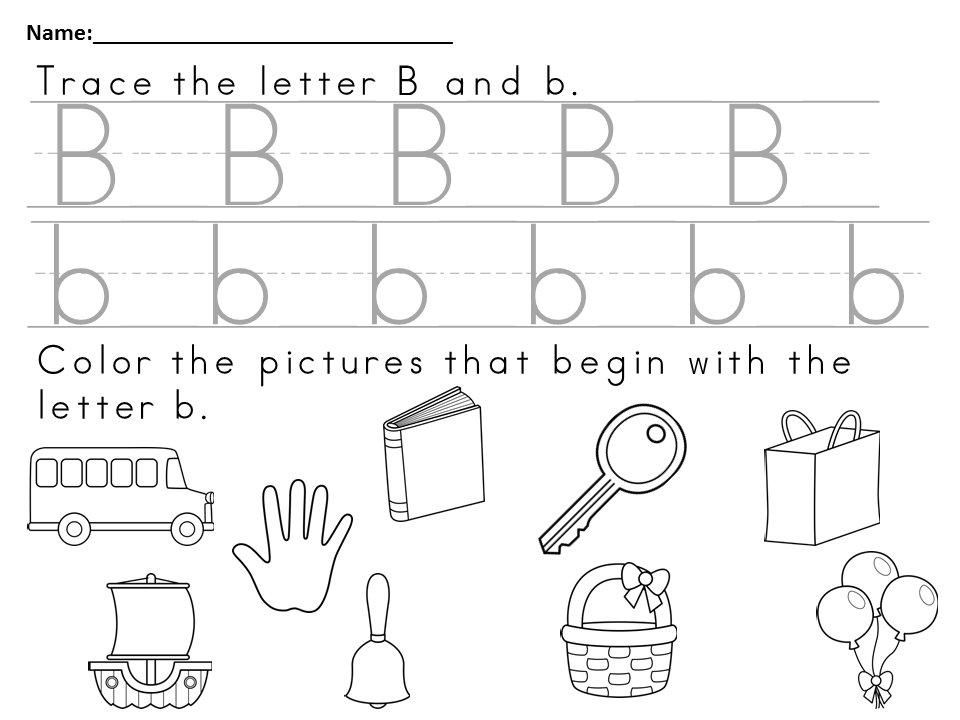 I think that it is better to first study those letters that the baby chooses for himself, which he likes
I think that it is better to first study those letters that the baby chooses for himself, which he likes
In the morning lay out cards with letters on the floor and give the child the opportunity to choose a letter he likes for the day. By any sign - shape or color. Or according to the picture that symbolizes this letter. One letter every day.
Today the kid chose one letter and we play with it all day long. We draw it, we sing this letter. Let's make up a story with her. We play it with toys. I came up with an interesting turn of speech “we play a letter with toys”.
Can you imagine what I mean? The child plays with different dolls, little animals. One of the heroes of the game is This letter. She, along with other characters in the games, “talks”, etc. etc.
In a day, the baby will get used to it very much and make friends with it. At the end of the day, offer the child cards with syllables. There is only one task - to find the syllables in which this letter is located. Just find and pronounce it.
Just find and pronounce it.
As the number of letters learned in this way increases, the child will be able to read the entire syllable.
App Store: Preschool: alphabet, rhyme and memory
Description
It's never too early to learn! Modern children develop much faster than before, and it is very important to get them interested in learning in time.
The Preschool: Alphabet, Rhyme and Memorization application will help children learn a lot of new things and at the same time will not let them get bored. Together with the application, kids do not just learn - they play.
4 educational games will help children learn the alphabet, arithmetic, as well as develop memory and attentiveness. Voice accompaniment in games will allow children to remember the pronunciation of new letters and words for them.
Fascinating games, beautiful graphics and funny characters will impress your child!
------------------------------------------------ -----------------------------
AmayaKids on Facebook: http://www.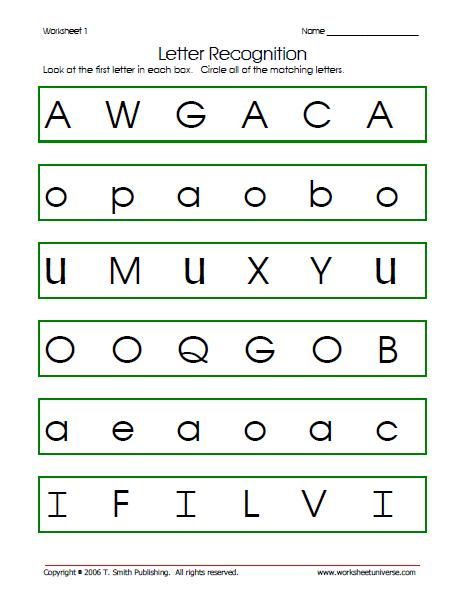 facebook.com/AmayaKids
facebook.com/AmayaKids
Our video channel: http://www.youtube.com/amayasoft
Version 2.0.2
Fixed minor bugs. Improved gameplay.
Ratings and reviews
ratings: 24
Super
Very interesting educational game, my daughter is delighted!
Advice to the author
You should still write the truth about paid downloads. I was, to put it mildly, dumbfounded to see that only the incoming icon was free, and all the contained content turned out to be paid.
Such a naive marketing ploy is unlikely to be effective. In any case, it had a repulsive effect on me.
It's not about money, especially since the purchase price is acceptable and perhaps quite consistent with the content. Only here's slyness somehow humiliates.
Fix it
Does not support iOS 11😡
Developer Vincent Herriau has not disclosed to Apple his privacy policy or his data practices. Detailed information is available in the developer's privacy policy.
N/A
Developer will be required to provide privacy information when submitting the next app update.
Information
- Provider
- Vincent Herriau
- Size
- 43.1 MB
- Category
- Games
- Age
- 4+
- Copyright
- © www.
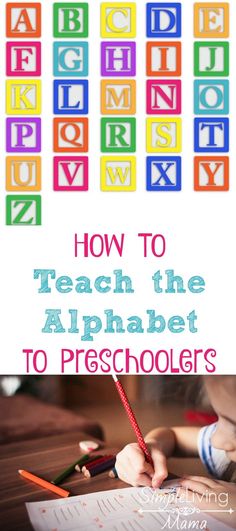
Learn more

